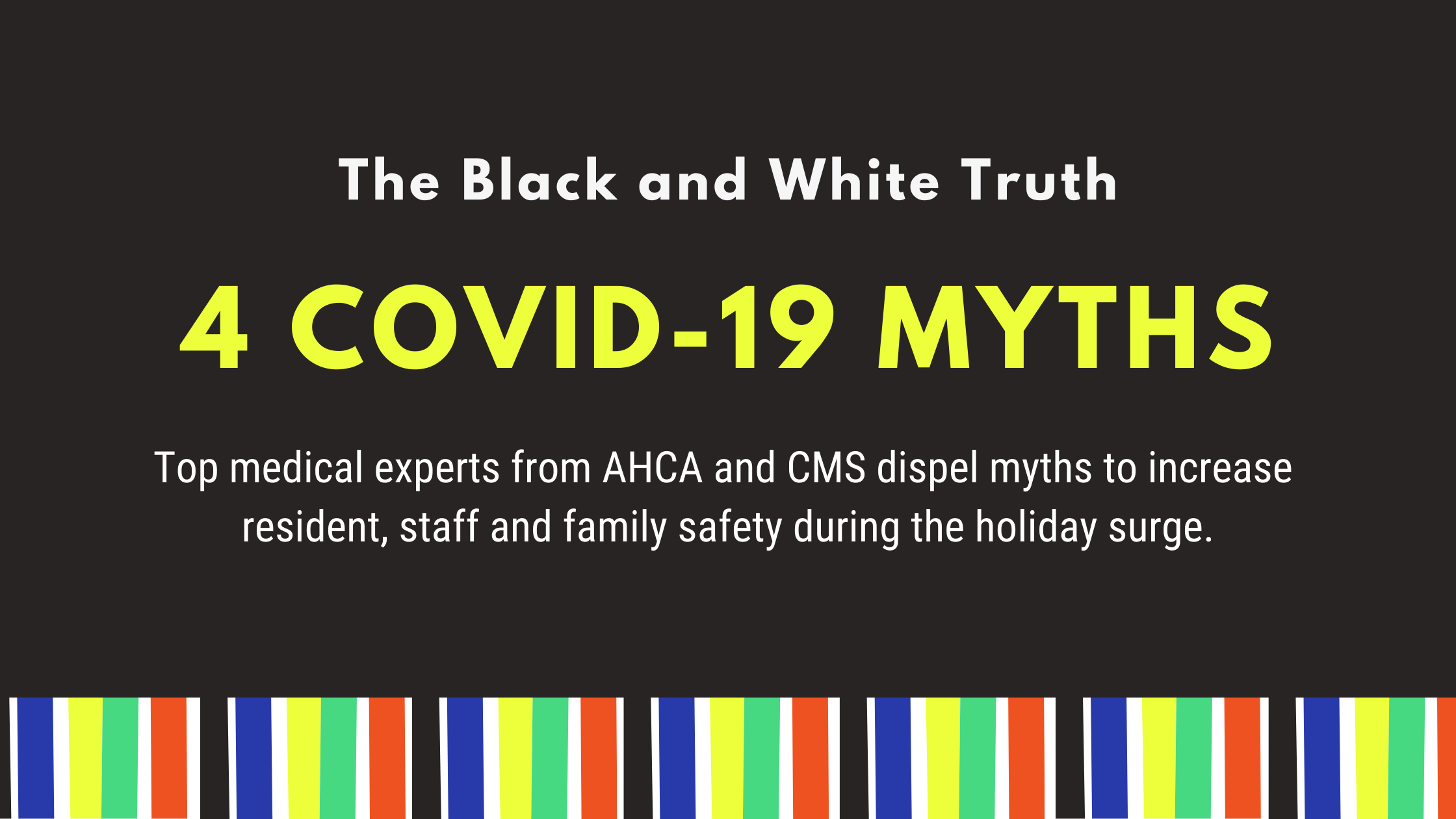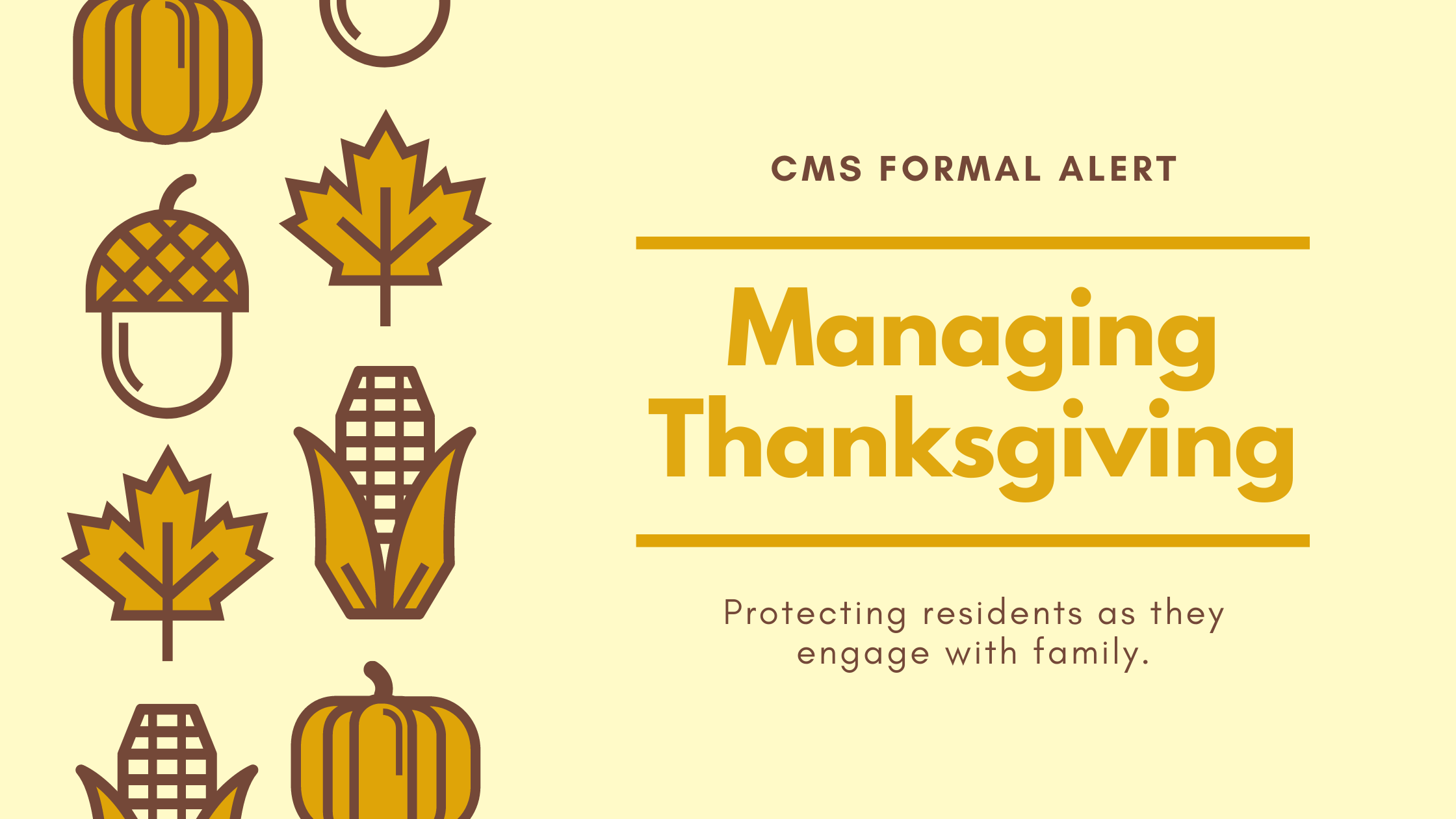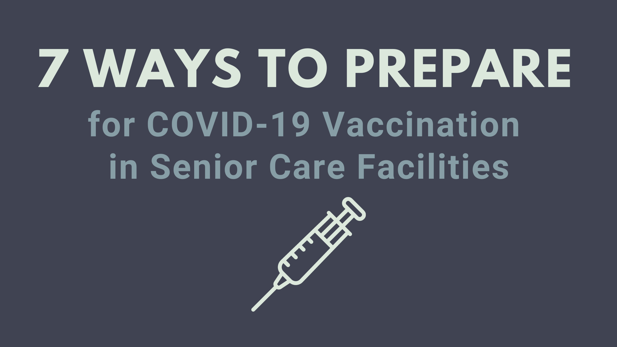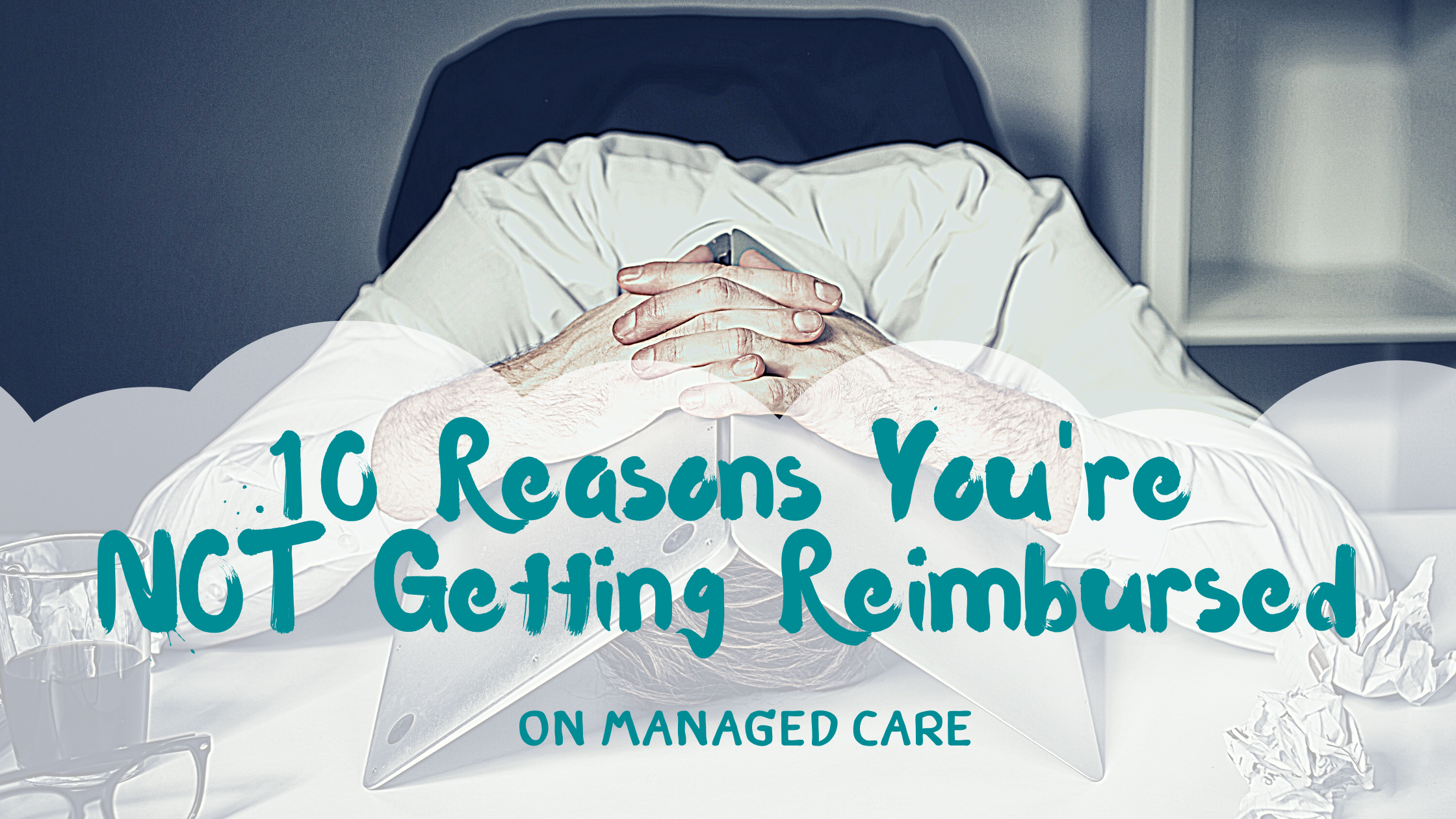This week, AMDA, also known as The Society for Post-Acute and Long-Term Care (PALTC) Medicine has released a COVID-19 vaccine education toolkit to help answer questions from staff, residents and family members. We've used it to create a COVID-19 Vaccine Q&A Flyer with top questions for you to distribute, or hang around your community.
Flyers/posters are just one of many suggested ideas for boosting staff/residents' confidence in the vaccine and the questions are just seven of the many presented in the AMDA toolkit.
Among questions were these popular ones:
- Can the vaccine give me COVID-19? No, these vaccines do NOT contain COVID-19. They also cannot change your DNA.
- When will I be protected? You'll be protected 1-2 weeks after the second dose. You must receive 2 doses of the SAME vaccine, 3-4 weeks apart.
- How long will I be protected? It is uncertain now, but as time passes, experts will know more. You may need to receive them on a regular basis (like the flu shot).
- What are the possible side effects? You can expect short-term discomfort: fatigue, headache, muscle pain, chills, fever and pain at the injection site. Side effects typically last 24-48 hours and may be worse after the second dose.
- What if I've already had COVID-19? Even if you've had COVID-19, it is important to get vaccinated for longer/better protection.
- Will I still need to wear a mask? Yes! A large number of people will need vaccination before transmission drops enough to stop using masks.
- Why should I get vaccinated? Protect yourself/your family. Keep your residents safe. Help stop spread in the community. Set an example for others, including residents, families, co-workers, and the community.
For more questions, please see Questions and Answers about the COVID-19 Vaccine for PALTC Staff, Patients, Residents and Family Members
For more creative ideas for improving resident/staff confidence in the vaccine, see Strategies for Improving Staff and Resident Confidence in the COVID-19 Vaccine
And, don't forget to download, distribute and hang our flyer, Answers to Your Covid-19 Vaccine Questions.
/Prime-Care-Technologies-Logo.png?width=191&height=55&name=Prime-Care-Technologies-Logo.png)






